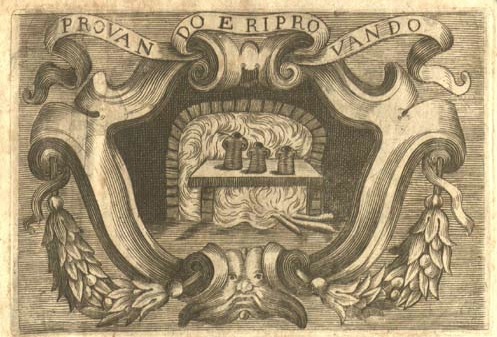- Read offline
- Access all content
- Use the in-app Map to find sites, and add custom locations (your hotel...)
- Build a list of your own favourites
- Search the contents with full-text search functionality
- ... and more!
Accademia del Cimento
Following in Galileo's Footsteps

Rome gets the honour of having the world’s first scientific organization, the Accademia dei Lincei, founded in 1603 and long the intellectual home of Galileo and his defenders. Prominence in the new sciences soon became a status symbol for the princes of Europe, and Florence was one of the first to host a society of its own. The Accademia del Cimento (the ‘test’), founded in 1657 by Galileo’s disciples the Grand Duke Ferdinando and Cardinal Leopoldo de’ Medici, dedicated itself to Galileo’s principle of inquiry and proof by experimentation. Provando e riprovando (‘try and try again’) was its motto.
Members met and argued in the Pitti palace, and published important work for ten years before breaking up in discord. Its triumphs were many. The Accademia pushed for international standards of scientific methods and measurements, and it worked to develop new and better scientific instruments.
Its great work, a compilation called the Saggi di Naturali Esperienze, has been called the world's first lab manual. One, Evangelistra Torricelli, invented the barometer. The brilliant Dane Nicolas Steno studied fossils, described the nature of muscle contraction, and founded modern geology. Another member, Francesco Redi discredited the old theory of spontaneous generation, when he demonstrated that maggots were really the larvae of flies. Some of their finds and instruments are in the Museo Gallileo.
Image by divulgameteo

